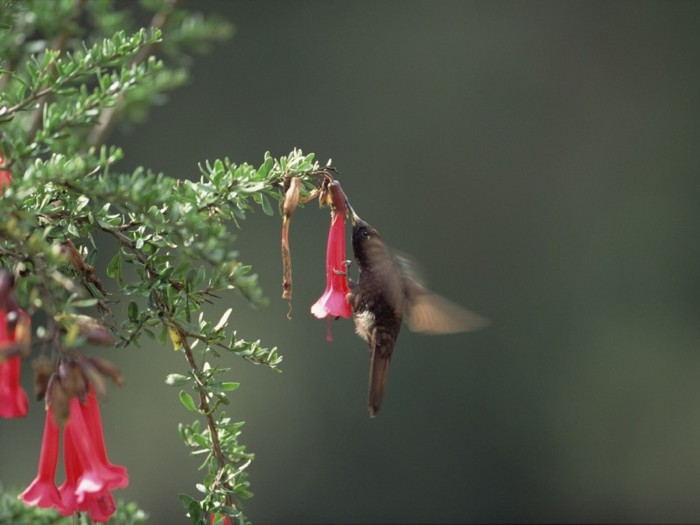Why some of the world’s zippiest birds go stiff and cold every night
Torpor saves energy for hummingbirds that live high in the Andes Mountains.

Some hummingbirds drink more than their own weight in nectar every day to power their energetically costly hovering flight and keep their tiny bodies warm. Astonishingly, however, hummingbirds can be found at up to 5,000 metres above sea level in the Andes Mountains of South America. How do they make it through the frosty nights?
The answer, researchers say, is that the minuscule birds go into torpor — a state of reduced metabolic activity and temperature that is not unlike hibernation, but only one night long. In an effort to find out more, Blair Wolf at the University of New Mexico in Albuquerque and his colleagues captured 26 hummingbirds, encompassing 6 species, from the Andean forest, and observed them overnight. Almost all of the birds turned into still, silent, ice cubes; the body of one black metaltail (Metallura phoebe) reached a low of 3.26°C — a new record for birds.
Torpor lasted from less than 3 hours to more than 12 hours, and longer bouts of torpor correlated with less loss of body mass overnight. The researchers speculate that in cold weather, torpor might extend over days in some species, becoming true hibernation.